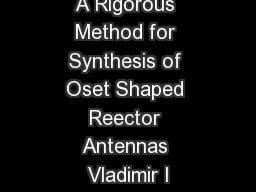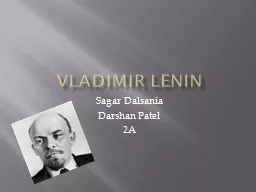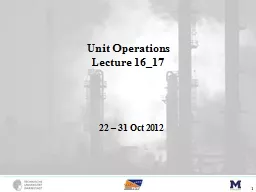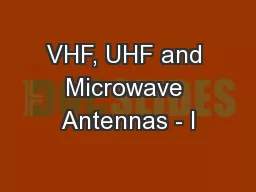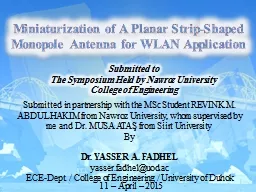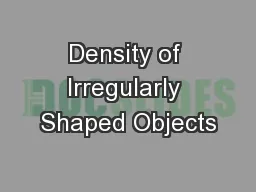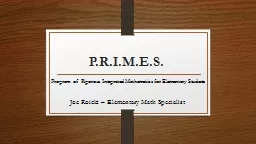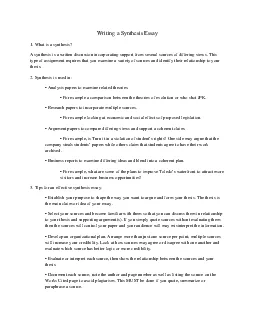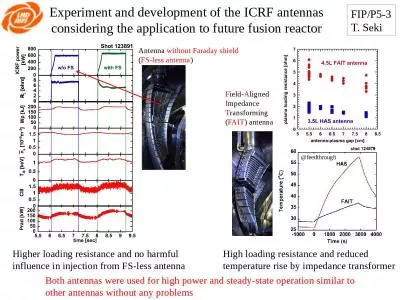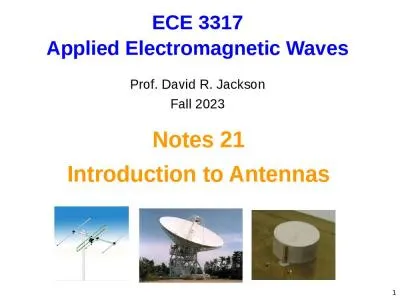PDF-A Rigorous Method for Synthesis of Oset Shaped Reector Antennas Vladimir I
Author : tatiana-dople | Published Date : 2014-12-21
Oliker Department of Mathematics and Computer Science Emory University Atlanta Georgia email olikermathcsemoryedu Abstract In this paper the problem of synthesis
Presentation Embed Code
Download Presentation
Download Presentation The PPT/PDF document "A Rigorous Method for Synthesis of Oset ..." is the property of its rightful owner. Permission is granted to download and print the materials on this website for personal, non-commercial use only, and to display it on your personal computer provided you do not modify the materials and that you retain all copyright notices contained in the materials. By downloading content from our website, you accept the terms of this agreement.
A Rigorous Method for Synthesis of Oset Shaped Reector Antennas Vladimir I: Transcript
Download Rules Of Document
"A Rigorous Method for Synthesis of Oset Shaped Reector Antennas Vladimir I"The content belongs to its owner. You may download and print it for personal use, without modification, and keep all copyright notices. By downloading, you agree to these terms.
Related Documents

